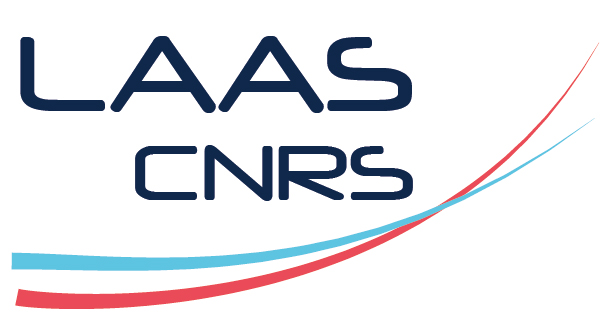From FMTV to WATERS: Lessons Learned from the First Verification Challenge at ECRTS (Invited Paper)
Résumé
We present here the main features and lessons learned from the first edition of what has now become the ECRTS industrial challenge, together with the final description of the challenge and a comparative overview of the proposed solutions. This verification challenge, proposed by Thales, was first discussed in 2014 as part of a dedicated workshop (FMTV, a satellite event of the FM 2014 conference), and solutions were discussed for the first time at the WATERS 2015 workshop. The use case for the verification challenge is an aerial video tracking system. A specificity of this system lies in the fact that periods are constant but known with a limited precision only. The first part of the challenge focuses on the video frame processing system. It consists in computing maximum values of the end-to-end latency of the frames sent by the camera to the display, for two different buffer sizes, and then the minimum duration between two consecutive frame losses. The second challenge is about computing end-to-end latencies on the tracking and camera control for two different values of jitter. Solutions based on five different tools - Fiacre/Tina, CPAL (simulation and analysis), IMITATOR, UPPAAL and MAST - were submitted for discussion at WATERS 2015. While none of these solutions provided a full answer to the challenge, a combination of several of them did allow to draw some conclusions.
| Origine | Fichiers éditeurs autorisés sur une archive ouverte |
|---|



